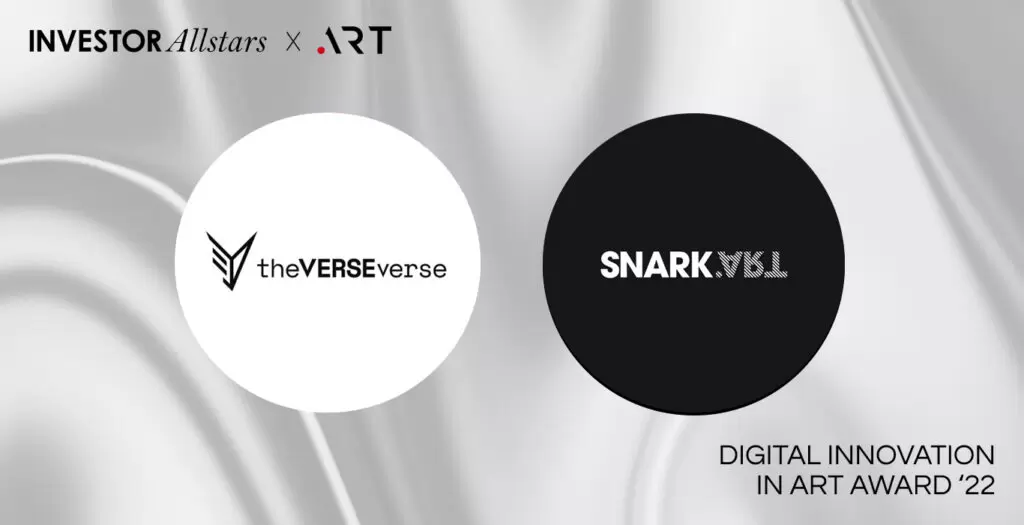Adopter Nursery: Top weekly .ART domain sales (Week of Dec 19, 2022)
Domains like lavish.art, mind.art, kawaii.art and many other cool ones were sold and joined the quickly growing community.


This holiday season, some great generic domains have been taken off the market, including LAVISH.ART, WEBSITE.ART, VERB.ART and AMIGO.ART (remember that having a generic domain in your language on a .ART domain makes for a cool combo!).

KAWAII.ART is another great domain that got snatched. Kawaii is the cultic of “cuteness” in Japan and yes you heard it right, all things cute! Examples include cute handwriting, certain genres of manga, anime, and characters including Hello Kitty and Pikachu. The concept of kawaii has had an influence on a variety of products. Cute elements can be found almost everywhere in Japan, from big business to corner markets and national government, ward, and town offices. Many companies, large and small, use cute mascots to present their wares and services to the public. As an example Pikachu, a character from Pokémon, adorns the side of ten ANA passenger jets.
First names are still in Hugh demand too, with relatively rare but famous ones like TRISTAN.ART and SIGMUND.ART having been sold this week.
In the aftermath of Miami Art Week (perhaps) MIAMIDESIGN.ART was sold and now features Miami Design VR Magazine, which is a private members club of “the most iconic art destinations in virtual reality”.

A Japanese locomotive repainted as Thomas the Tank Engine following the kawaii trend
Meanwhile, .ART’s artistic community has a new prominent member, the American painter Adam Shaw on ADAMSHAW.ART. Educated in the Renaissance tradition, Adam received a BA in Classics, with a minor in Russian and Italian and even translated some poetry from these languages and Latin. He has also published a number of his own poems. His work has been widely exhibited in the United States and is featured in hundreds of private and corporate collections throughout the United States, Canada, Mexico, and Europe, including Bank of America’s, Gap’s, Marriot’s and eBay’s.
Last but not least, POLSKA.ART was sold and it is yet to be seen what the website would host. Polish arts and culture have a fascinating history. At the turn of the 19th and 20th centuries, Poland did not exist as a state, but was divided between Austria, Russia, and Prussia. Despite the attempts to break the Polish national spirit, subsequent generations have been striving for cultural and linguistic unity ever since. The key to overcoming this struggle was art and literature. In those terrible times, art lit up people’s hearts and rekindled hope by preserving patriotic and cultural patterns with metaphor and symbolism. We’re thrilled to see domains like this give agency over their legacy to entire nations, minorities and ethnic groups.




